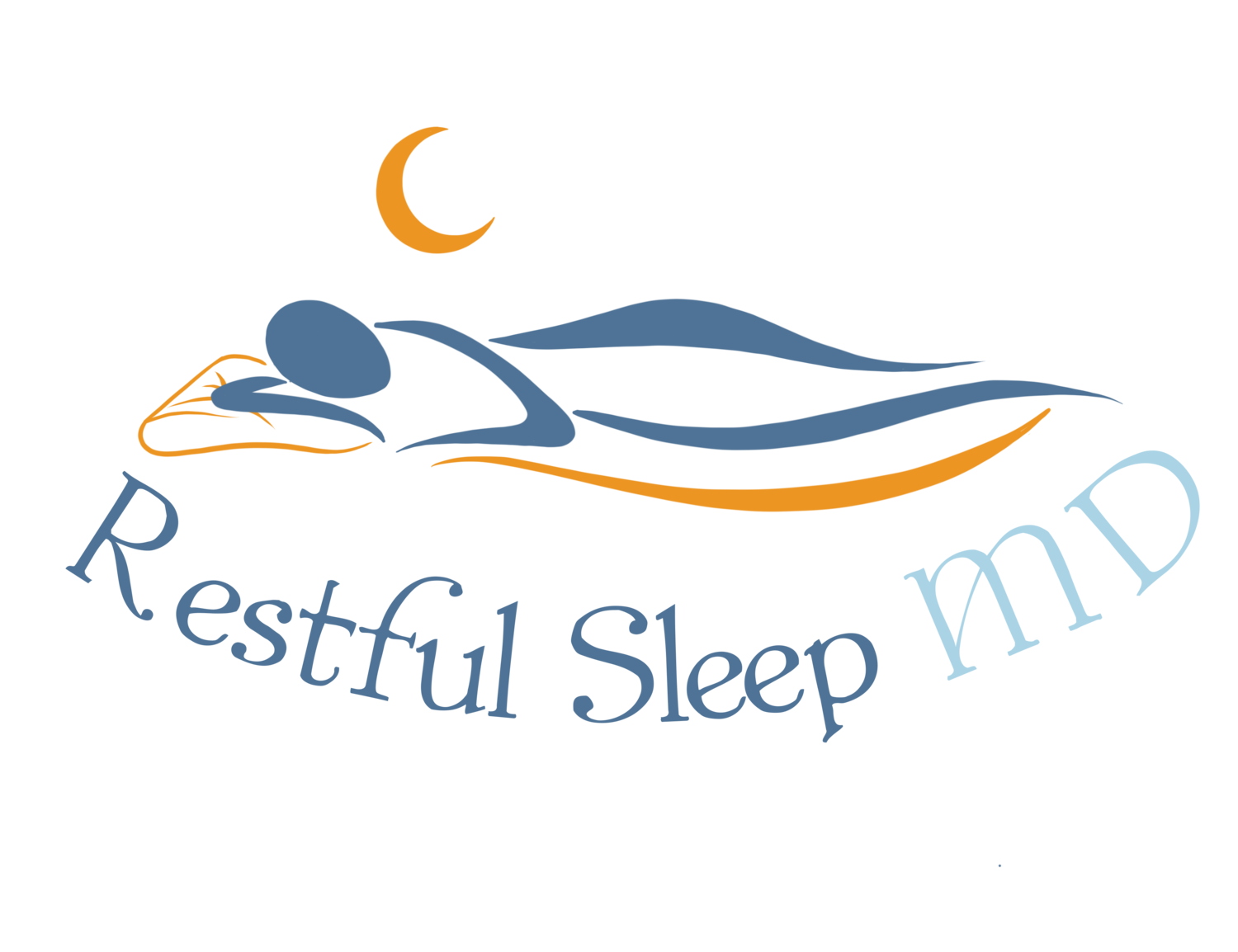Overcoming CPAP Anxiety: How to Make Peace with Your Mask and Finally Sleep Better
How CPAP Anxiety Shows Up
You may be dealing with CPAP-related anxiety if:
You feel claustrophobic or like you can’t breathe with the mask on
You get agitated when someone brings up your CPAP use
You panic when trying to put on the mask
You wake up to find the mask on the floor without remembering taking it off
If any of these sound familiar, this is a common and treatable problem.
First Things First: Rule Out Equipment Issues
Before jumping to anxiety treatment, check the basics:
CPAP pressure settings: Ask your doctor to review them. Sometimes discomfort comes from settings that no longer match your needs. If you’ve been on CPAP for years and suddenly develop anxiety, it might be time for a repeat sleep study.
Ramp settings: Most machines allow a “ramp” time (up to 45 minutes), which lets pressure increase gradually as you fall asleep. Adjusting this can make a world of difference.
Why Anxiety Gets Linked to the Mask
Think back to Psych 101 and Pavlov’s dog experiment. Just as the dog learned to associate the sound of a bell with food, your brain can learn to associate your CPAP mask with anxiety.
Here’s what often happens:
You put on the mask with the best intentions.
Anxiety kicks in. You feel trapped or start worrying you’ll never adjust.
The anxiety builds until you rip off the mask.
Relief sets in.
Your brain learns: “Mask = anxiety. Taking it off = calm + sleep.”
Over time, this cycle makes it harder and harder to stick with treatment.
The Solution: CPAP Desensitization
The most effective strategy for overcoming this cycle is called CPAP desensitization. Developed in 2007, it’s a form of exposure therapy that gradually retrains your brain to see the mask as neutral, not threatening.
Here’s the step-by-step protocol:
Phase 1:
Get Comfortable with the Mask (Daytime)
Sit on the couch or at a desk (not in bed).
Hold the mask gently against your face with the airflow on. Don’t strap it yet.
Practice for 1–5 minutes until your distress level drops.
Phase 2: Wear the Mask Fully (Daytime)
Strap it on securely and turn on the airflow.
Practice sitting calmly with it for 10–20 minutes, building up your tolerance.
Phase 3: Practice During Naps
Try using your CPAP during a short nap.
Falling asleep isn’t the main goal, just resting calmly with the mask on is progress.
Phase 4: Use It at Night (Gradually)
Start by wearing your CPAP for part of the night.
As you grow more comfortable, increase the amount of time until you can use it through the night.
A Few Extra Tips
Start when sleepy: Putting the mask on right as you’re drifting off can make it easier.
Stay patient: Progress isn’t always linear. If one night is rough, reset and go back a step.
Consider therapy support: Working with a psychologist experienced in exposure therapy can accelerate progress and keep you on track.
CPAP anxiety is real and very common. But it doesn’t have to stand in the way of your treatment. With patience, the right strategies, and sometimes professional support, you can retrain your brain to see your CPAP mask not as a source of fear, but as a pathway to better sleep and better health.
Your mask is just a tool. Over time, it can become a symbol of healing instead of anxiety.



